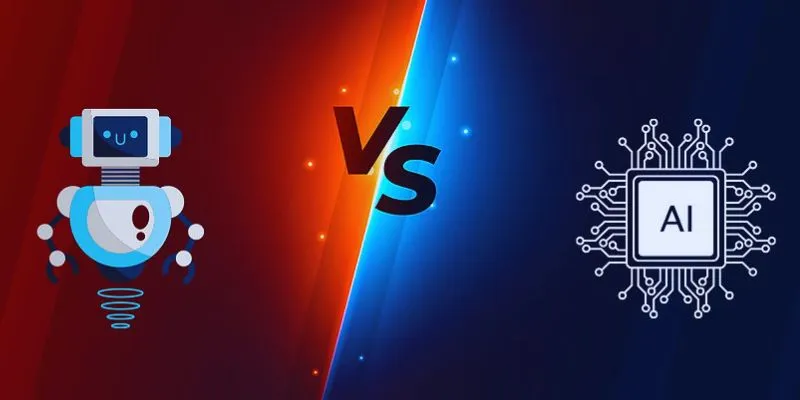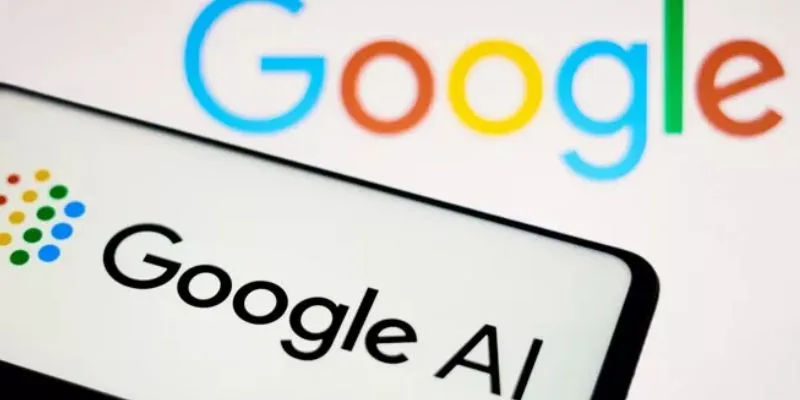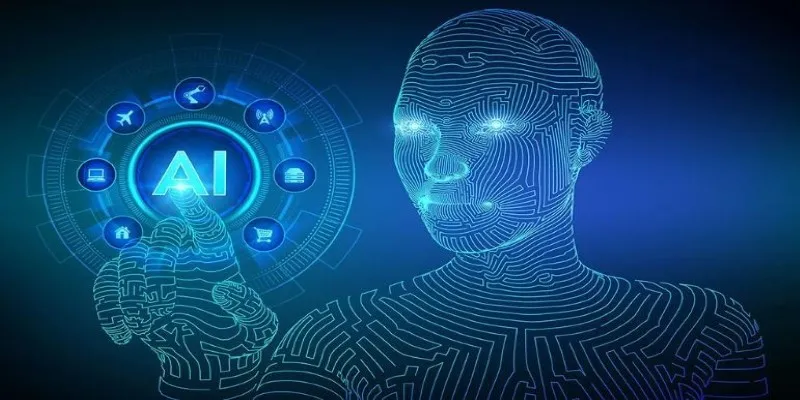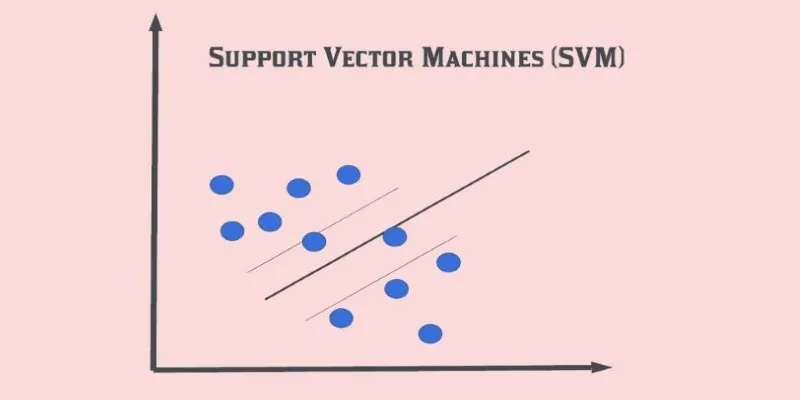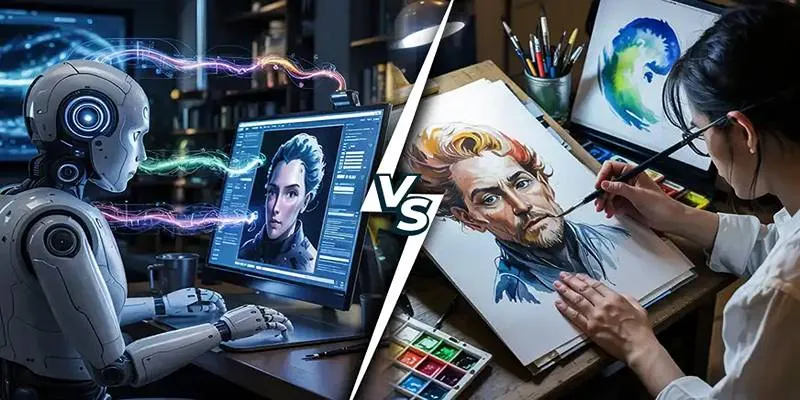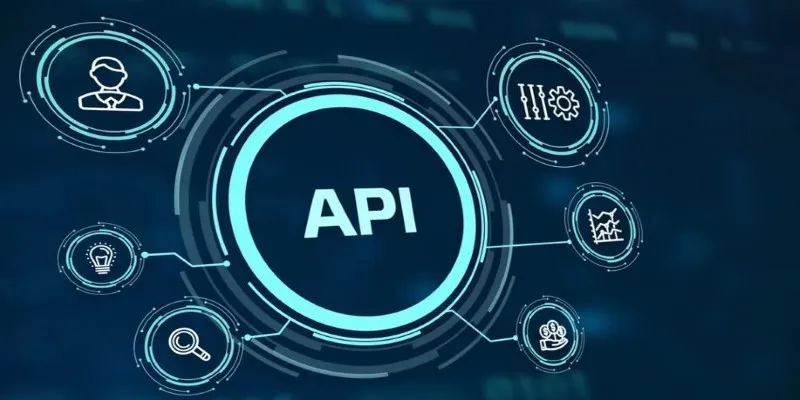Generative AI has the power to transform diversity in systems by promoting inclusivity and minimizing biases. This article explores how generative AI encourages diverse voices, improves decision-making, and empowers underrepresented groups. We will discuss its uses, challenges, and strategies to ensure fair outcomes across various fields and industries.
Understanding Generative AI
Generative AI is a branch of artificial intelligence focused on creating algorithms or models that can generate original, human-like content. Unlike traditional machine learning methods that rely on large datasets for prediction, generative AI learns from smaller data quantities and can create new ideas, designs, and solutions. This technology uses techniques such as deep learning, reinforcement learning, and evolutionary algorithms to produce diverse outputs.
The Importance of Diversity in Systems
Diversity is a core characteristic of generative AI systems, which are designed to generate a wide range of outputs, from images and videos to text and music. This diversity in output generation offers several advantages, including:
Creative Potential
Generative AI harnesses its diversity to create original content not previously envisioned. By applying varying viewpoints, data, and inputs, these systems generate novel ideas, creative designs, and innovative solutions. This capability can enhance creativity in sectors such as art, entertainment, product design, and problem-solving, opening new horizons for exploration.
Realistic Results
Diversity enables generative AI to produce more realistic and believable results. Models trained on diverse datasets can better capture the complexity and nuances of real-world situations. This leads to outputs that are accurate, natural, and human-like. From crafting human-like text to generating realistic images or lifelike simulations, diverse training data ensures AI is more representative of the real world.
The Role of Generative AI in Promoting Diversity
Generative AI has emerged as a revolutionary tool capable of addressing essential representation and inclusivity challenges in contemporary society. Its impact spans media, creative industries, organizational decision-making, and cultural representation.
1. Facilitating Inclusive Representation
Generative AI holds the potential to close representation gaps by creating models responsive to diverse demographics such as race, gender, age, socioeconomic status, and cultures. Outputs from such AI can capture varied perspectives, counter negative stereotypes, and promote inclusivity.
For instance, in marketing and media, generative AI can produce content that reflects diverse identities, ensuring campaigns resonate with global audiences. In content creation—whether for advertising, storytelling, or education—it can help craft stories that capture the full depth of human experience, fostering a more inclusive society.
2. Supporting Fair Decision-Making

Generative AI provides organizations with the tools to reduce biases in decision-making processes, a crucial step in addressing systemic inequities. By training AI models on diverse datasets and continually auditing them for fairness, companies can ensure decisions—such as hiring practices, resource allocations, or loan evaluations—are free from inherent disparities that perpetuate inequality.
For example, a generative AI system used in recruitment can evaluate candidates’ qualifications without being influenced by unconscious biases related to gender, ethnicity, or other irrelevant factors. This fosters greater trust, transparency, and accountability, paving the way for systems that deliver fairer and more equitable outcomes.
3. Empowering Underrepresented Voices
Generative AI’s ability to amplify underrepresented voices is another powerful application. It can create content highlighting marginalized communities and their experiences, such as literature, films, or digital art that draw attention to stories often overlooked in mainstream media.
By reflecting unique perspectives, AI-driven content creation ensures marginalized voices are heard, enriching cultural output and promoting balanced narratives. This empowerment extends to educational tools, where AI- generated resources help students explore diverse perspectives and develop a comprehensive understanding of the world.
4. Diversifying Creative Applications
Generative AI has transformed creative industries by offering new possibilities for artists, designers, and innovators. By blending various cultural influences, artistic styles, and traditions, these tools enable the creation of novel, inclusive works that resonate with diverse audiences.
Artists can use AI to experiment with combining traditional art forms from different regions, creating pieces that foster global cultural appreciation. Similarly, musicians and filmmakers can leverage generative AI to explore new genres, telling stories that transcend geographic and cultural boundaries. This capability to create inclusive works reflects the interconnectedness of the modern world and inspires greater appreciation for diversity across communities.
5. Encouraging Diversity in Development
To unlock the full potential of generative AI, prioritizing diversity within development teams is crucial. Diverse teams, comprising individuals of different genders, ethnicities, cultural backgrounds, and perspectives, can help identify and mitigate biases in AI models. Drawing on a wide range of experiences during design and training ensures AI outcomes are fair, accurate, and respectful of diverse realities.
Developers from underrepresented communities can spot gaps in training data that others might miss, creating more inclusive models. As generative AI becomes more integrated into daily life, its potential to foster inclusivity and equity is immense. By addressing representation gaps, supporting fair decisions, amplifying marginalized voices, diversifying creative outputs, and encouraging inclusive development, AI can help build a fairer future. Achieving this requires deliberate effort, ethical oversight, and commitment to fairness and inclusivity in AI design.
Real-world Applications

Generative AI has already impacted various industries, demonstrating its potential to solve complex problems and enhance productivity. From automation to creative innovation, the applications are vast and continually evolving. Here are some notable examples:
- Healthcare : Assists in diagnosing diseases, personalizing treatment plans, and streamlining administrative tasks.
- Education : Creates tailored learning experiences and automated assessment tools for students.
- Entertainment : Generates content such as music, artwork, or scripts, and personalizes viewer recommendations.
- Marketing : Optimizes ad targeting and content production, enhancing engagement and user outreach.
Conclusion
AI is transforming industries by enhancing efficiency, creativity, and personalization. From healthcare to entertainment, it powers innovative solutions, optimizes operations, and enables data-driven decisions. However, as AI adoption grows, ethical concerns like transparency, fairness, and privacy must remain a priority. By balancing innovation with responsibility, AI can drive progress, augment human capabilities, and deliver meaningful advancements.
 zfn9
zfn9








